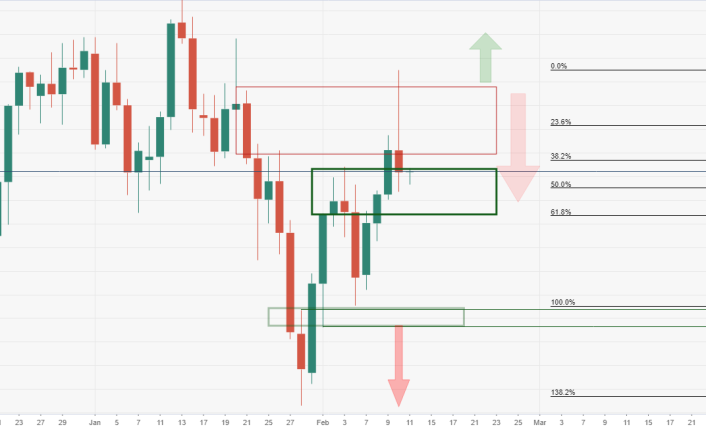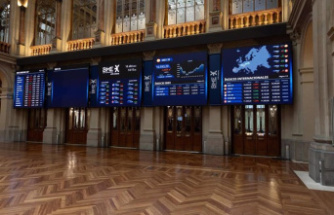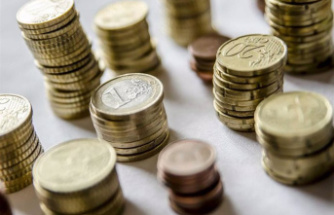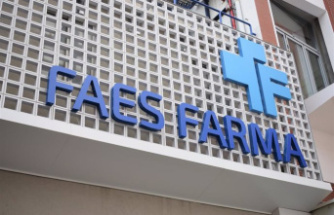Investors were concerned about the possibility of higher interest rates, and tensions between Russia and Ukraine escalated on Friday. Markets were in flux as FX and risk assets responded. More details below.
A White House national security advisor Jake Sullivan stated on Friday that a Russian attack against Ukraine could start any day and would likely begin with an aerial assault. Despite the fact that the US claims Russia has all the necessary forces to launch military action against Ukraine, Russia repeatedly denied this.
According to BBC, Russia is insistent that it does not plan to attack Ukraine. Foreign intelligence chief Sergei Naryshkin condemned the 'dangerous lies’ being spread by the US as well as in Western capitals.
Volodymyr Zelensky, the Ukrainian president, said that Russian aggression warnings were inciting panic after the US national security adviser warned of an imminent Russian invasion.
"''Ukraine is less convinced about the risk, and its president appealed to West not to propagate 'panic ','' also wrote the BBC.
However, Vladimir Putin, on the other hand, has threatened to take "appropriate retaliatory militari-technical steps" against the West if he continues his aggressive approach. This could put at risk Europe's entire security system. Markets are also paying attention to weekend developments.
Saturday's conversation between Putin and Macron in France was a reminder that the Russian accusations of an attack on Ukraine are "provocative speculation" which could result in a conflict within the ex-Soviet nation.
The Kremlin stated that conditions are being made for potential aggressive actions by the Ukrainian security forces located in the Donbass.
According to a senior US official, the US State Department is reducing its staff at the US Embassy in Kyiv as Russia has a "very competent" military. The US must prepare for the worst, and that's why the US State Department is bringing down the majority of its staff. Prudence demands that we assume, plan for, and prepare for the worst-case scenario. The worst-case scenario would involve Russian aggression on the Ukrainian capital," the official said to reporters in a telephone call on Saturday morning.
The Pentagon reported that US Secretary of Defense Lloyd Austin met with Sergey Shoyguon, his Russian counterpart, to discuss Russia's troop buildup around Ukraine and Crimea. The conversation was finished at 12:06 p.m. on Saturday by US President Joe Biden, and Russian's Vladimir Putin. According to a White House official, ET is the time. Markets are waiting to hear what was discussed following the lower week for US equity benchmarks. US stocks fell for the second consecutive session Friday.
The S&P 500 finished lower by 1.9% at 4,418.64, and was down 1.8% for the week. The Nasdaq Composite fell 2.8% to 13,791.15 while the Dow Jones Industrial Average declined 2.2% for week.
West Texas Intermediate crude oil rose 4.5% to $93.93 per barrel. The global benchmark Brent crude crude oil was also rising by 4.1%, to $95.15 a barrel. Global markets are now facing a risky scenario due to the recent emergence of extremely high inflation readings and the proposed aggressive resolve of global central banks. Already, the US Consumer Price Index report was a major factor in the likelihood of a 50bp increase from the Federal Reserve. There are also talks of an emergency interest rates meeting and action before March's Federal Open Marlet Committee meets to determine the best course. However, energy prices could be vulnerable tactically to an increase in tensions between Russia and Ukraine.
As concerns about rising inflation and conflict increased demand, gold reached a near two month high. Spot gold closed at $1,858.98 an ounce, 1.77% more than the previous Nov 2021 high. US gold futures closed up 0.3% at $1.842.1. Gold is a hedge against inflation and is used to store value in times of financial and political uncertainty. Analysts at TD Securities argued, however, that gold prices will likely succumb to the significantly higher real rates under a Fed hawkish regime without sustained buying flow.
The back foot of Risk-FX
The yen has pickede dup a bid, with the JXY Index ending Friday 0.49 percent higher. This index measures the strength against a basket other currencies. USD/JPY fell 0.47% to 115.31, down from the high of 116.17.
Stop the bullish AUD run
The AUD/USD fell by 0.50% and 0.7130 respectively, with the bullish campaig possibly ending at this point.
As per prior techncial analysis, the Aussie has price aciton has complied, helped along by teh Russian risk and a turn in US equities/risk-sentiment:For the the above scenario to play out, the price will need to break below the lows and close below the 61.8% ratio.
The hourly chart could look like this: While it is a relief to see no conflict-related headlines on the weekend, the systemic risks of conflict will continue for the next few days.













